A Sociological Study Of The Hells Angels
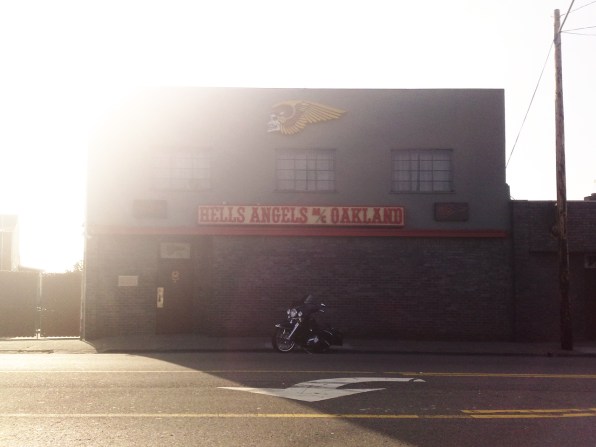
Table of Contents
The Structure and Hierarchy of the Hells Angels
The Hells Angels Motorcycle Club is far from a disorganized mob. It boasts a sophisticated, hierarchical structure. The organization is geographically divided into chapters, with larger, more established chapters known as "mother chapters" exerting influence over smaller ones. Each chapter operates under a defined leadership structure, typically including a President, Vice President, Sergeant-at-Arms, and other officers responsible for maintaining order and enforcing the club's strict rules.
Becoming a full-fledged member of the Hells Angels is a rigorous process. Prospective members, known as "hangarounds" and then "prospects," undergo a period of probation during which their loyalty and commitment are thoroughly tested. Acceptance requires unwavering adherence to the club's code of conduct and a demonstration of unwavering loyalty.
- Strict code of conduct and loyalty: Violation can result in severe punishment, up to and including expulsion.
- Hierarchical structure with clear lines of authority: Decisions are made through established channels, ensuring efficient operation.
- Geographic organization into chapters and regions: This decentralized structure allows for local adaptation while maintaining overall unity.
- Emphasis on brotherhood and camaraderie: This sense of belonging is crucial to the club's cohesion and appeal.
The Subculture and Identity of Hells Angels Members
The Hells Angels cultivate a distinct subculture, marked by shared values, beliefs, and symbols. Motorcycles are not just machines; they are central to the Hells Angels identity, representing freedom, rebellion, and a rejection of mainstream society. Biker culture, with its emphasis on independence and nonconformity, is deeply intertwined with the club's image and appeal.
Masculinity and rebellion are key components of the Hells Angels identity. The club's image often projects an aura of toughness, strength, and defiance, attracting individuals who identify with these traits. The iconic "Death Head" logo, prominently displayed on their vests and other paraphernalia, is a potent symbol of this defiance and the club's perceived danger.
- The iconic "Death Head" logo and its symbolism: A powerful visual representation of the club's outlaw identity.
- The use of tattoos and clothing to express group identity: A visual declaration of membership and allegiance.
- The appeal of a counter-cultural lifestyle: A rejection of societal norms and expectations.
- The rejection of mainstream societal norms: A key element of the Hells Angels' appeal and identity.
The Hells Angels and Criminal Activity
The Hells Angels have a long and documented history of involvement in organized crime. While not all members participate in illegal activities, the club has been linked to various criminal enterprises, including drug trafficking, extortion, and violence. The precise extent of their criminal activities remains a subject of debate, complicated by the club's secrecy and the challenges of infiltration and investigation. Law enforcement agencies worldwide have implemented numerous strategies to combat the Hells Angels' criminal activities, including targeted investigations, asset seizures, and prosecutions.
- The history of the Hells Angels' involvement in criminal enterprises: A complex and often controversial history.
- The debate surrounding their classification as a criminal organization: Legal battles and ongoing investigations continue to shape this discussion.
- The challenges of prosecuting Hells Angels members: Secrecy, loyalty, and intimidation tactics create significant obstacles.
- The effectiveness of law enforcement strategies against the club: A continuous and evolving struggle.
The Societal Perception and Media Representation of the Hells Angels
Media portrayals of the Hells Angels have significantly shaped public perception. News reports often focus on their criminal activities, reinforcing negative stereotypes and contributing to a fearsome image. Movies and documentaries, while sometimes attempting a more nuanced portrayal, often still lean towards sensationalism. This sensationalized coverage has arguably solidified the Hells Angels' image as "outlaws," impacting public opinion and influencing law enforcement strategies.
- Examples of media portrayals (positive and negative): A range of portrayals exists, reflecting the complex reality of the club.
- The influence of sensationalized news coverage: Often contributing to biased and inaccurate perceptions.
- The construction of the Hells Angels' image as "outlaws": A carefully cultivated and widely accepted image.
- The impact of public perception on law enforcement strategies: Public opinion influences both resource allocation and enforcement tactics.
Conclusion: Understanding the Hells Angels: A Sociological Perspective
This sociological study reveals the Hells Angels to be a complex organization with a sophisticated structure, a distinct subculture, and a history intertwined with criminal activity. Their image, carefully cultivated through both actions and media representation, significantly impacts public perception and law enforcement responses. Understanding the Hells Angels requires moving beyond simplistic portrayals and embracing a nuanced perspective that acknowledges the complexities of their organization and their place in society. Continue your exploration of the complex world of the Hells Angels by researching further into their history, culture, and societal impact. Learn more about the sociological aspects of the Hells Angels and the intricacies of their unique subculture.

Featured Posts
-
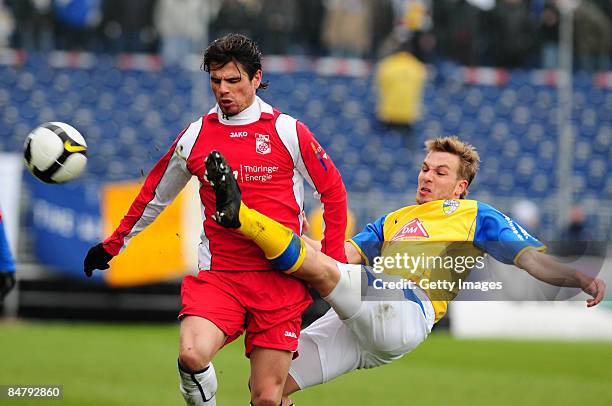 Fcm Ikone Lars Fuchs Sein Weg In Die Bundesliga
May 25, 2025
Fcm Ikone Lars Fuchs Sein Weg In Die Bundesliga
May 25, 2025 -
 Is A Country Escape Right For You Weighing The Pros And Cons
May 25, 2025
Is A Country Escape Right For You Weighing The Pros And Cons
May 25, 2025 -
 George Russell The Calm Leader Guiding Mercedes To Success
May 25, 2025
George Russell The Calm Leader Guiding Mercedes To Success
May 25, 2025 -
 La Veritat Sobre La Relacio D Albert De Monaco I Charlene Una Actriu Al Centre De La Controversia
May 25, 2025
La Veritat Sobre La Relacio D Albert De Monaco I Charlene Una Actriu Al Centre De La Controversia
May 25, 2025 -
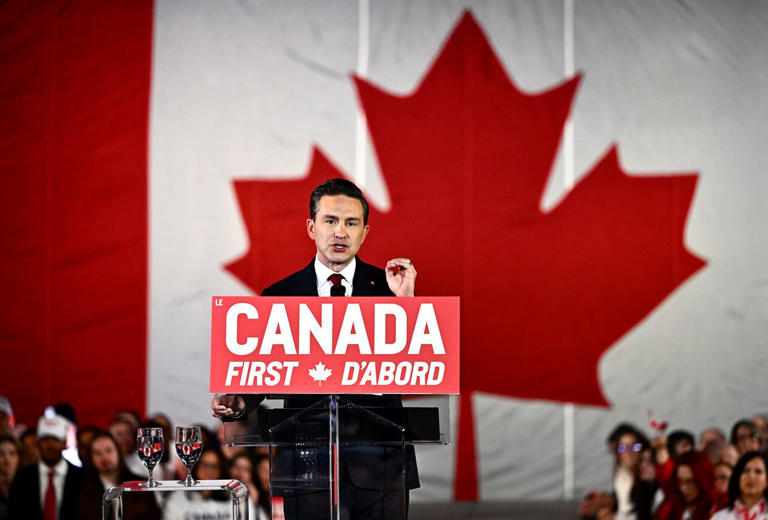 Gold Price Surge Trumps Eu Threats Fuel Trade War Fears
May 25, 2025
Gold Price Surge Trumps Eu Threats Fuel Trade War Fears
May 25, 2025
Latest Posts
-
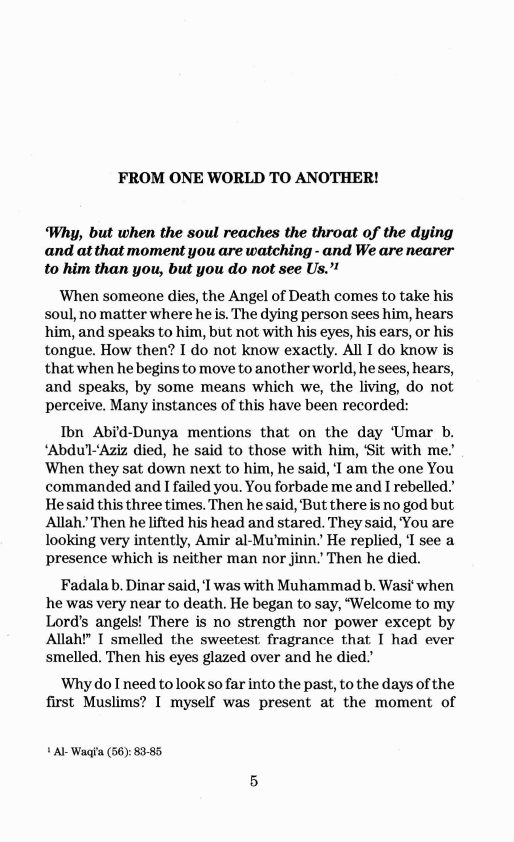 Finding Strength In Sorrow Jonathan Peretzs Journey After A Year Of Loss
May 26, 2025
Finding Strength In Sorrow Jonathan Peretzs Journey After A Year Of Loss
May 26, 2025 -
 Israeli Premier League Maccabi Tel Avivs Path To Victory
May 26, 2025
Israeli Premier League Maccabi Tel Avivs Path To Victory
May 26, 2025 -
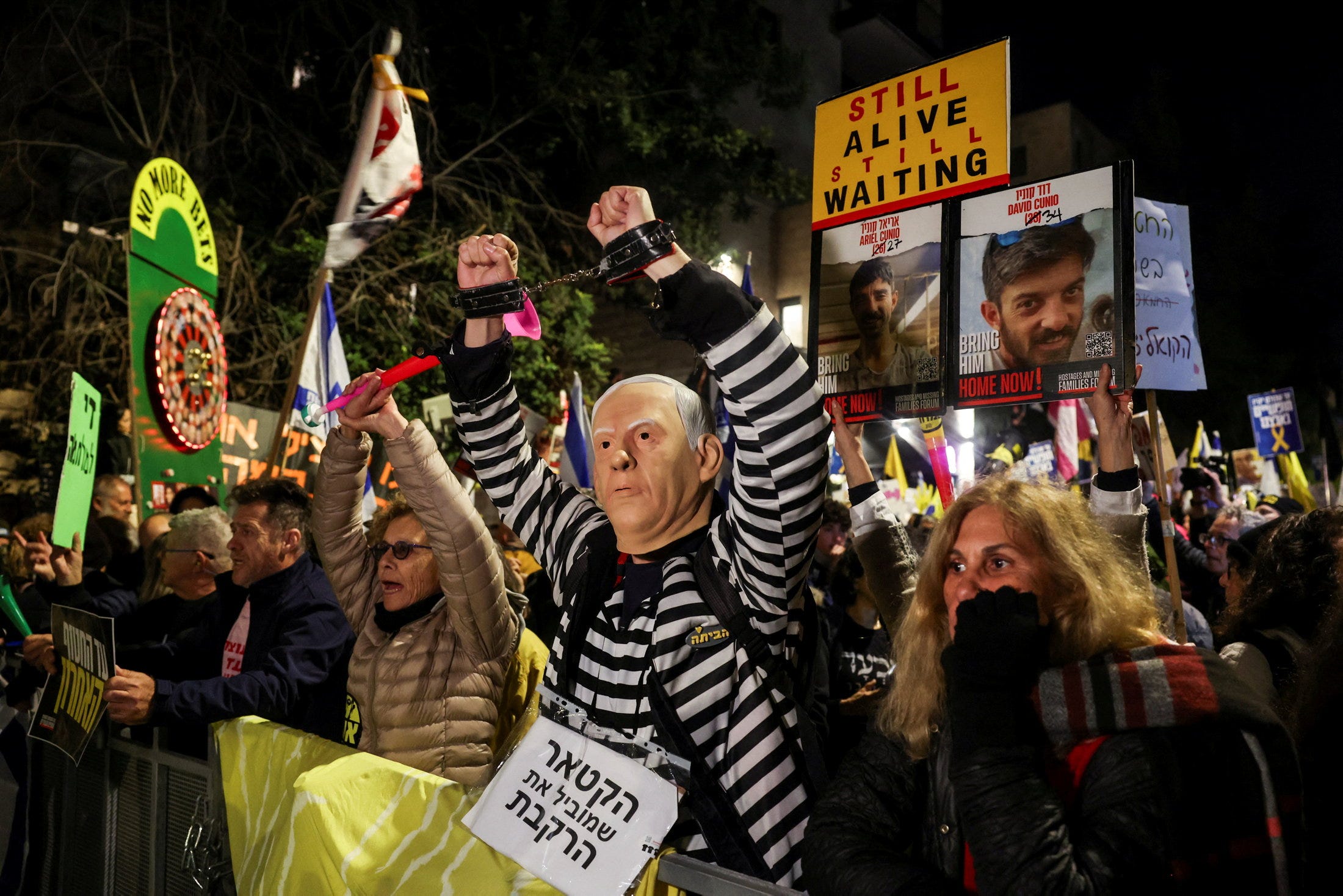 Matan Angrest Kidnapping Photo Depicts Soldiers Wounds
May 26, 2025
Matan Angrest Kidnapping Photo Depicts Soldiers Wounds
May 26, 2025 -
 The Complex Emotions Of Loss Jonathan Peretz Reflects On A Difficult Year
May 26, 2025
The Complex Emotions Of Loss Jonathan Peretz Reflects On A Difficult Year
May 26, 2025 -
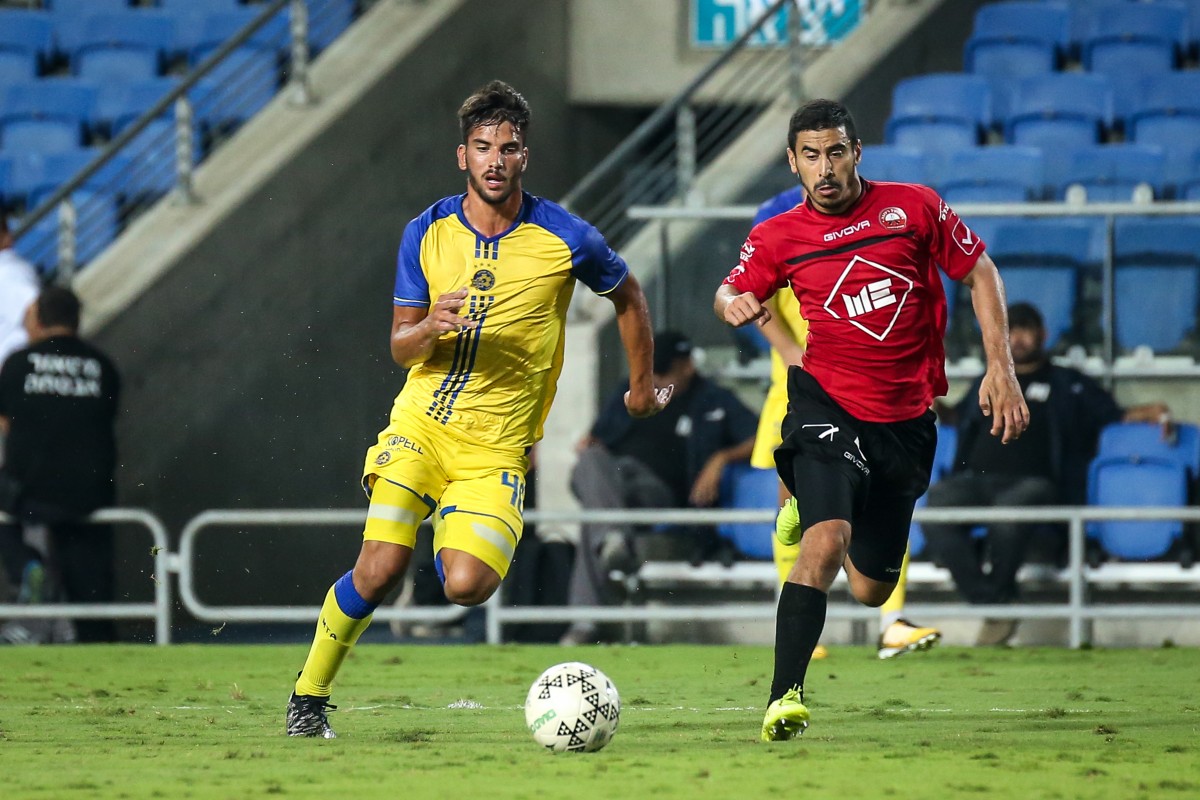 Maccabi Tel Avivs Winning Streak Fuels Championship Push
May 26, 2025
Maccabi Tel Avivs Winning Streak Fuels Championship Push
May 26, 2025
